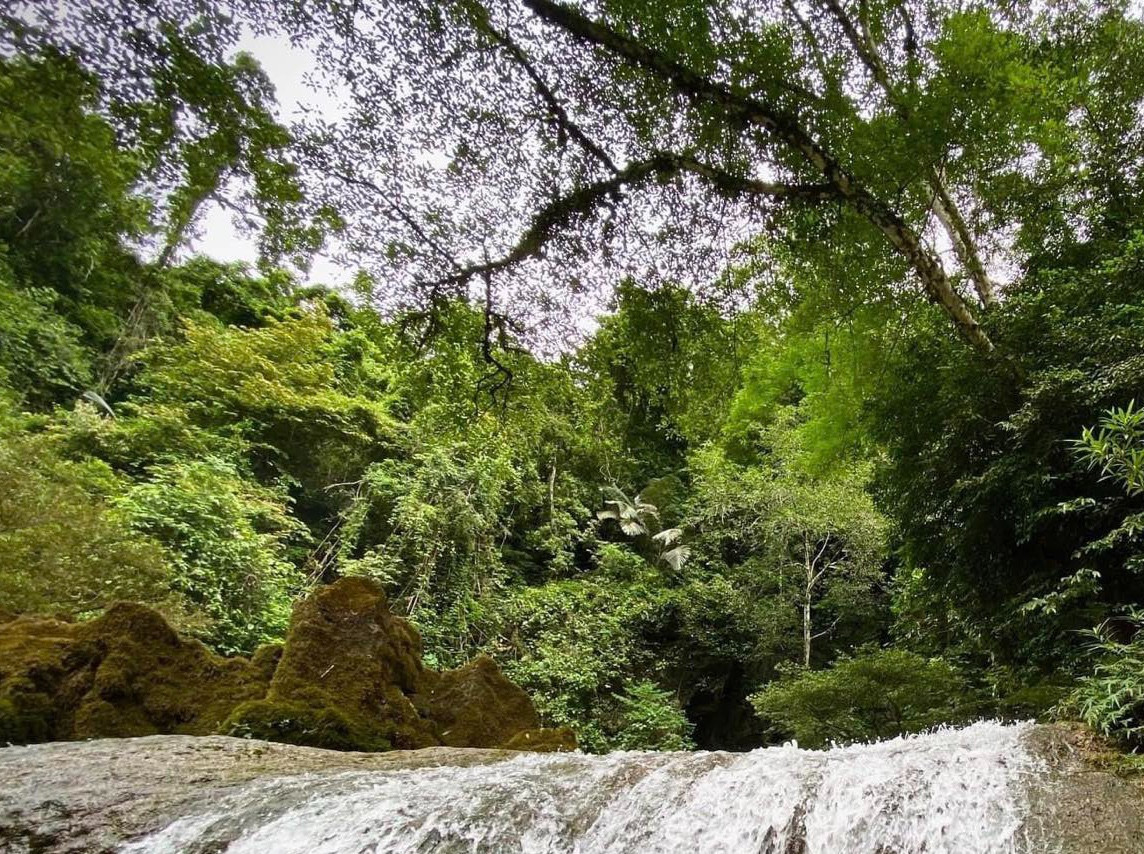On July 13, UNESCO officially approved the boundary expansion of Phong Nha–Ke Bang National Park to include Hin Nam No National Park in Khammouane Province, Laos.
The newly designated site is now officially listed as the “Phong Nha–Ke Bang and Hin Nam No National Parks” on the World Heritage List, marking Vietnam’s first transboundary natural World Heritage site.
This recognition was confirmed at the 47th Session of the World Heritage Committee in Paris, where the Vietnamese delegation, led by Dr. Hoang Dao Cuong, Deputy Minister of Culture, Sports and Tourism, worked closely with Lao counterparts to present the joint nomination and discuss cross-border heritage management strategies.

Joining the Vietnamese delegation were Deputy Foreign Minister Nguyen Minh Vu, representatives from the Ministry of Culture, Sports and Tourism, Ministry of Foreign Affairs, Vietnam's Permanent Delegation to UNESCO in Paris, and delegates from provinces with UNESCO-listed sites in Vietnam.
The delegation held several meetings with the UNESCO World Heritage Centre and advisory bodies to review nomination procedures and conservation efforts.
A landmark in heritage collaboration
First recognized in 2003 and later expanded in 2015, Phong Nha–Ke Bang National Park (Quang Tri Province, Vietnam) spans 123,326 hectares of core zone and 220,055 hectares of buffer zone. It shares a natural border with Hin Nam No National Park, making the area one of Southeast Asia’s most pristine and geologically significant karst regions.
The joint nomination was formally submitted by the governments of Vietnam and Laos in February 2024. After thorough evaluation, the International Union for Conservation of Nature (IUCN) recommended the boundary adjustment to the World Heritage Committee based on criteria for geological, geomorphological, ecosystem, and biodiversity values.
Straddling the Annamite Mountains and the Indochina Limestone Belt, the landscape of Phong Nha–Ke Bang and Hin Nam No is among the oldest and most intact limestone karst ecosystems in Asia, formed during the Paleozoic era over 400 million years ago.
It contains a variety of forest ecosystems, including montane dry karst forests and dense lowland rainforests, along with extensive subterranean environments.
Over 220 kilometers of caves and underground rivers have been documented, many of which are of global scientific importance.
The biodiversity is equally impressive, with many endemic and globally significant species residing in this complex tropical ecosystem.
Joint management and local engagement
The heritage site will be governed by two separate management plans: one for Hin Nam No and a strategic management plan for Phong Nha–Ke Bang. However, bilateral cooperation between Vietnamese and Lao local authorities has long existed, focusing on law enforcement, joint action plans, and shared responsibilities in heritage protection.
Lao Minister of Information, Culture and Tourism, Suanesavanh Vignaket, expressed pride in the achievement, noting that it marked a historic moment for Laos as Hin Nam No becomes part of a World Heritage site.
She emphasized the Lao government's continued cooperation with Vietnam to strengthen inclusive community involvement in managing the shared heritage.
Speaking at the committee session, Deputy Minister Hoang Dao Cuong highlighted the importance of international collaboration in protecting heritage. He noted that this joint inscription not only reinforces the friendship between Vietnam and Laos but also contributes to peace and global cooperation in line with UNESCO’s mission.
He invited delegates to visit the newly recognized heritage site and share experiences in managing transboundary natural World Heritage properties.
With this latest recognition, Vietnam now holds nine World Heritage Sites, including two transprovincial ones (Ha Long Bay–Cat Ba Archipelago and the Yen Tu–Vinh Nghiem–Con Son–Kiep Bac Complex), and one transboundary site shared with Laos.
PV